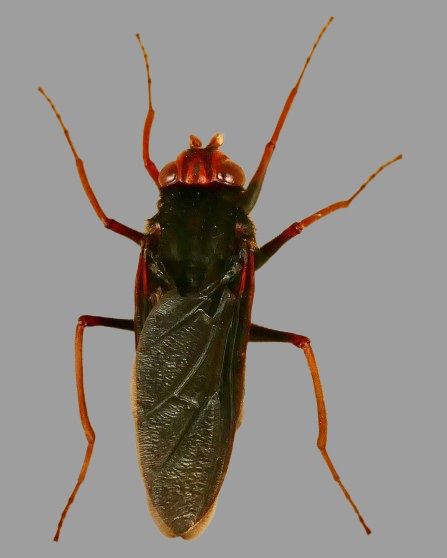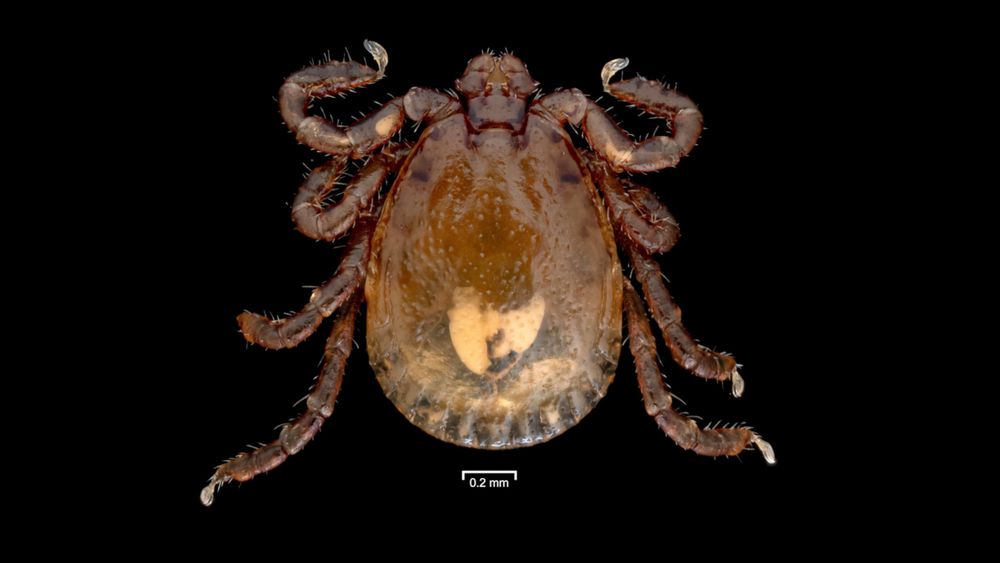
Official Website: https://www.iucnparasites.com





























Link: doi.org/10.1007/s108...
#conservation #parasite #flea #parasitology

Link: doi.org/10.1007/s108...
#conservation #parasite #flea #parasitology





